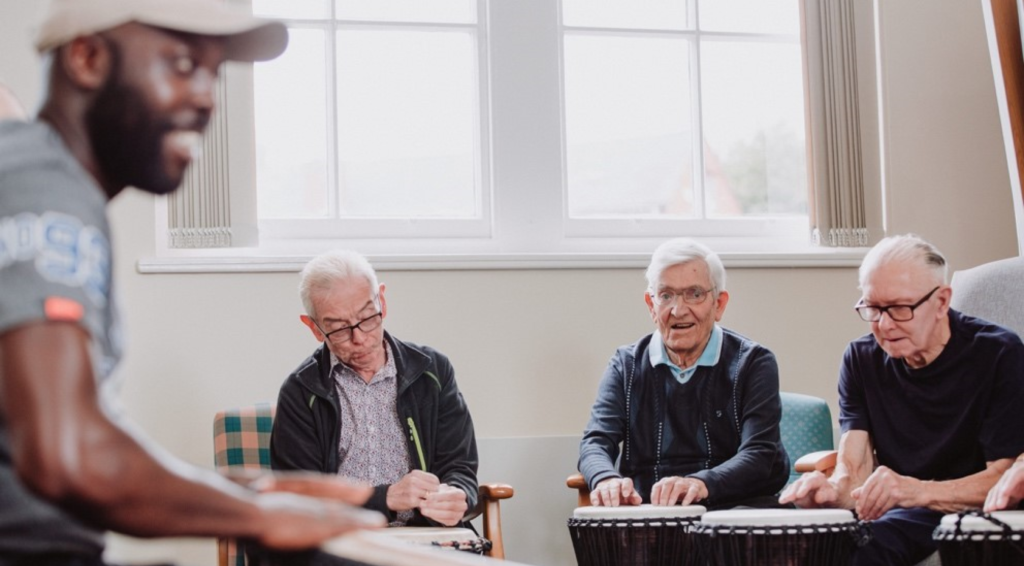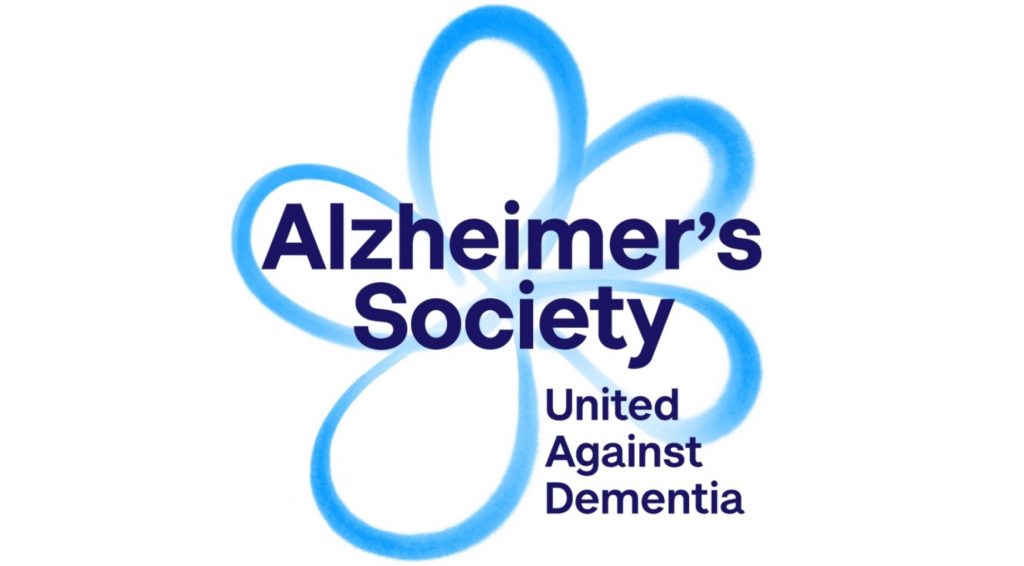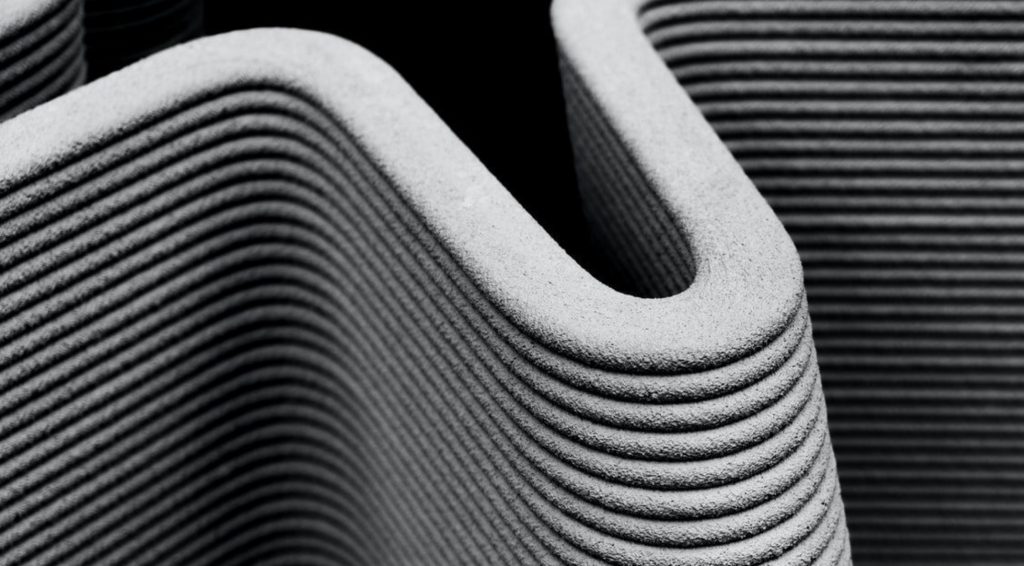Farming Comes to You – Finding togetherness for people with dementia through animals
Summary: People with dementia can sometimes struggle to communicate and build relationships with others, especially in care environments. Heeley City Farm, located in Sheffield, runs animal-assisted therapy sessions called ‘Farming Comes to You’, that help bring warmth, connection, and …












